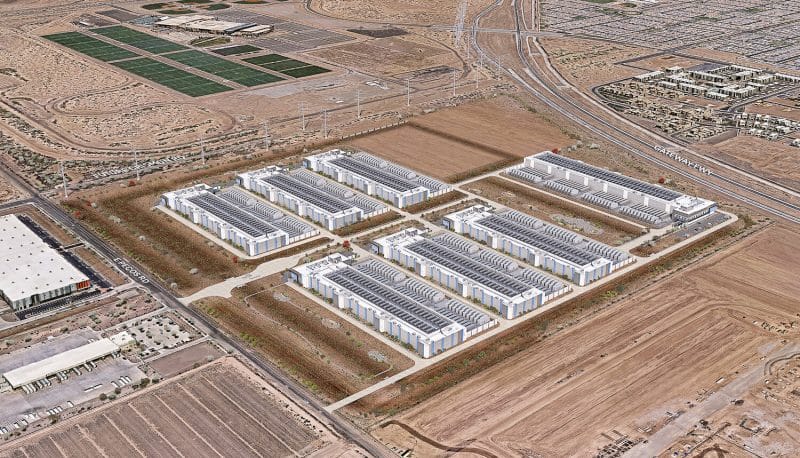By Michael Wines | New York Times
 Arizona could be forced to face cutbacks in water deliveries to its two largest cities unless states that tap the dwindling Colorado River find ways to reduce water consumption and deal with a crippling drought, officials of the state’s canal network said Tuesday.
Arizona could be forced to face cutbacks in water deliveries to its two largest cities unless states that tap the dwindling Colorado River find ways to reduce water consumption and deal with a crippling drought, officials of the state’s canal network said Tuesday.
The warning comes as the federal Bureau of Reclamation forecasts that Lake Mead, a Colorado River reservoir that is the network’s sole water source, will fall next month to a level not seen since the lake was first filled in 1938.
Officials of the Central Arizona Project, which manages the 336-mile water system, say the two cities, Phoenix and Tucson, could replace the lost water, at least in the short term, by tapping groundwater supplies, lakes and rivers.
If they do not reduce consumption, the cuts could be necessary by as early as 2019, according to an analysis by the water project, and officials said that depending on drought conditions, the chances of water cutbacks by 2026 could be as high as 29 percent.
Although experts have been aware for years that shortages would eventually occur, the analysis represents a marked turnabout in officials’ thinking.
Related: How are West Valley cities handling water issues?
Surprise council OKs water rate hike
Rose Law Group Senior Partner and Water Attorney Ryan Hurley comments, “Water shortages have been a future theoretical possibility for years but now increasingly appear to be near term reality. We must come together as a State with all affected stakeholders and plan for how to deal with this new paradigm. Sooner rather than later we will have to begin making tough choices about water management.”







